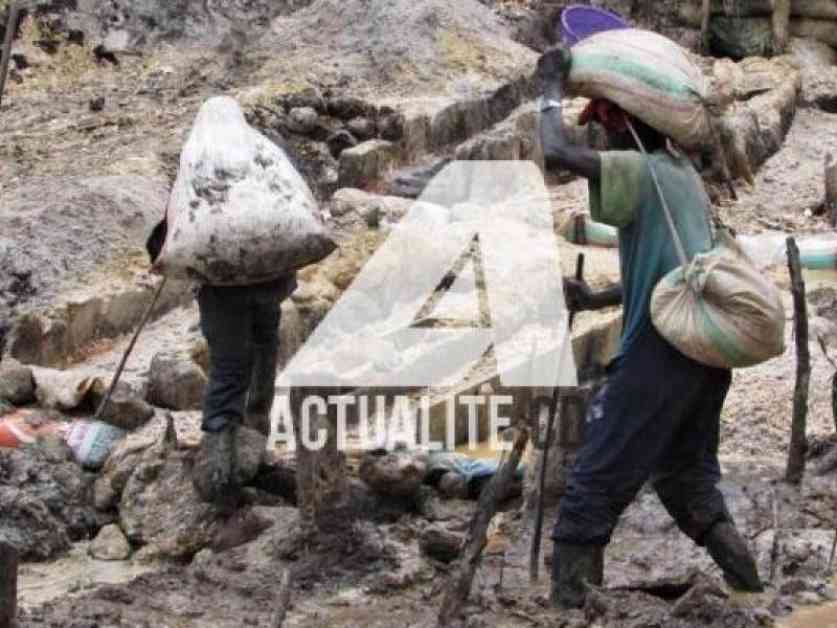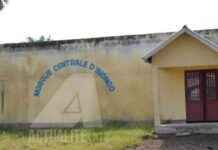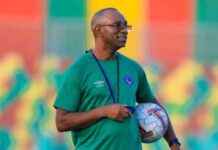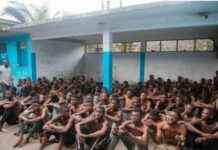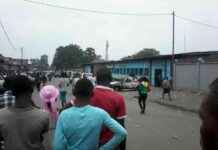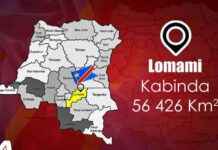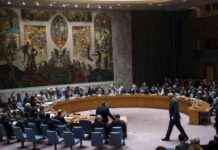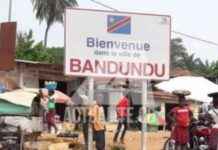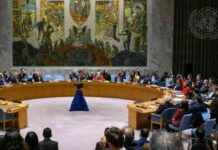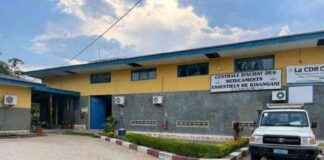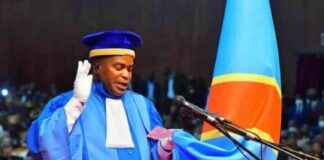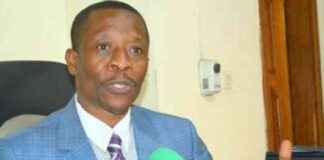Rubaya: A Key Coltan Production Hub, Classified as Red Zone by Kinshasa
In a recent development, the Democratic Republic of Congo (DRC) has taken a firm stance against the illegal export of its minerals by the M23 rebels, backed by Rwanda. During a cabinet meeting on Friday, the Minister of Mines, Kizito Pakabomba, announced a series of measures aimed at thwarting this illegal trade, which, according to Kinshasa, fuels the war economy of the rebels and their Rwandan supporters.
One of the key actions taken by the DRC is the classification of the mining sites in Rubaya, located in the Masisi territory, and Nyabibwe, in the Kalehe territory, as “red sites.” Rubaya, known for its coltan production, plays a crucial role in the global supply of this strategic mineral, used primarily in the electronics industry. Official estimates suggest that Rubaya alone accounts for between 15 and 30% of the world’s extracted coltan.
The Congolese government now demands the suspension of the issuance of certificates by the International Conference on the Great Lakes Region (ICGLR) for Rwandan exports, asserting that these documents facilitate the trade of fraudulently extracted minerals from Congolese soil. It also calls for the seizure and confiscation of minerals exported from Rwanda, pending an international audit of the neighboring country’s supply chain.
These decisions aim to compel the ICGLR to adhere to its own standards by tracing the exact origin of minerals exported by Rwanda. Kinshasa seeks an immediate suspension of the certificates of origin until an independent audit confirms that Rwandan minerals do not come from areas under M23 control in the DRC. By exerting pressure on Kigali, the DRC aims to compel Rwanda to subject its supply chain to independent international monitoring. Additionally, the Congolese government hopes to legally prevent the sourcing of minerals from Rwanda for final importers, particularly in Europe and Asia.
These measures unfold against a backdrop of escalating tensions between Kinshasa and Kigali, as several Western capitals begin to acknowledge the Congolese accusations regarding Rwanda’s role in the conflict in the eastern part of the country. The Minister of Mines commended the positive responses from various international actors, highlighting the sanctions imposed on James Kabarebe, a special advisor to President Paul Kagame, and certain M23 spokespersons. He also mentioned the European Council’s decision to review its strategic minerals agreement protocol with Kigali, a move that could signify a turning point in the pressure exerted on Rwanda.
The Council of Ministers has acknowledged this directive and committed to closely monitoring its implementation, with the support of international partners.
Expert Insights on the Impact of Coltan Production
To gain a deeper understanding of the significance of Rubaya’s coltan production, we spoke with Dr. Sarah Johnson, a renowned geologist specializing in mineral resources. According to Dr. Johnson, coltan plays a crucial role in the electronics industry, particularly in the production of smartphones, tablets, and other high-tech devices. She emphasized the importance of ethical sourcing practices to ensure sustainable and conflict-free mineral supply chains.
Local Perspectives on the Conflict
In the midst of these developments, we reached out to local residents in the Rubaya region to gather their perspectives on the conflict and its impact on their daily lives. Fatima, a mother of three, expressed her concerns about the instability caused by the presence of armed groups in the area. She shared how the conflict has disrupted their community’s livelihoods and instilled fear among the residents.
As tensions continue to simmer between the DRC and Rwanda, the international community watches closely, awaiting the outcomes of the measures taken to address the illegal mineral trade and promote transparency in the region. The road ahead remains uncertain, but with concerted efforts and collaboration, there is hope for a more sustainable and peaceful future for all involved.
